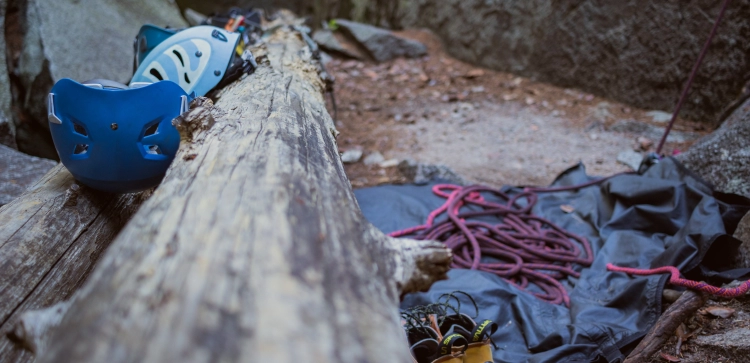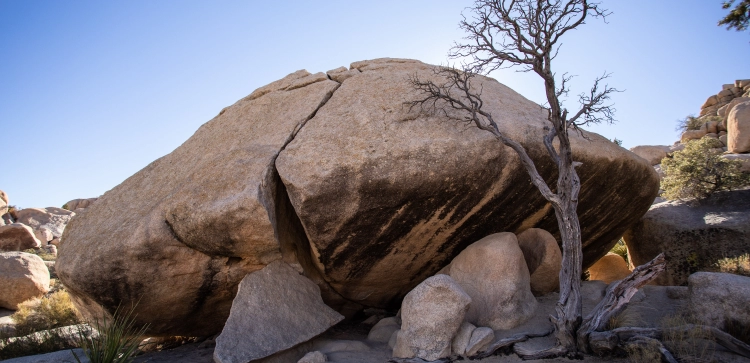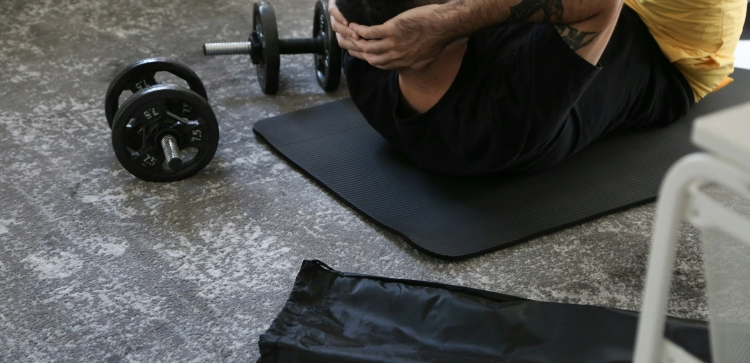Chalk And Climbing Routes: Analyzing Chalk Patterns To Read Routes

Chalk patterns on climbing routes can hold valuable clues about how to conquer a challenging ascent. By analyzing the existing chalk left behind by fellow climbers, you can gain insights into where they held climbing holds and unravel the secrets of the route. In this article, we'll explore how to use chalk patterns as a tool to learn, understand, and conquer climbing routes. From deciphering chalk clues to improving your climbing technique and strength, we'll cover it all. So, grab your chalk bag and let's dive in!
- How To Use Chalk Patterns To Read Routes
- Decoding Chalk Patterns: A Route Analysis Tool
- Enhancing Climbing Skills Through Chalk Clues
- Frequently Asked Questions
- Can Chalk Patterns Mislead Climbers?
- How Can Beginners Benefit From Analyzing Chalk Patterns?
- Is It Necessary To Use Chalk When Analyzing Chalk Patterns?
- Can Chalk Patterns Change Over Time?
- Conclusion
How to Use Chalk Patterns to Read Routes
Have you ever wondered how to approach a new climbing route? Chalk patterns offer a window into the climbing experiences of those who came before you. By learning how to analyze and interpret these patterns, you can gain valuable information about the route's challenges and find the best path to success. Let's discover the steps to effectively utilize chalk patterns when reading climbing routes.
Decoding Chalk Patterns: A Route Analysis Tool
Understanding Chalk Concentration
One of the first things to observe when analyzing chalk patterns is chalk concentration. Areas with high chalk concentration often indicate crux sections, where climbers encounter the most difficulty. By identifying these sections, you can mentally prepare yourself and plan your strategy accordingly.
Following the Chalk Trail
Another crucial aspect of chalk pattern analysis is following the chalk trail. The direction of the chalk trail left behind by previous climbers can provide insights into the sequence of holds they utilized. By following the trail, you can better understand the intended route and anticipate the best moves to make.
Identifying Chalk Buildup
Take note of chalk buildup on the climbing holds. These areas highlight popular holds that are frequently used by climbers. By identifying and focusing on these holds, you can determine the key handholds and footholds required to navigate the route successfully.
Enhancing Climbing Skills Through Chalk Clues
Analyzing chalk patterns is not only about understanding the route, but also about improving your climbing skills. By incorporating chalk analysis into your climbing routine, you can enhance your technique, strength, and overall performance. Here are a few ways to make the most of chalk clues:
Route Familiarity and Mental Preparation
By studying chalk patterns, you can become intimately familiar with the route even before touching a hold. This knowledge empowers you to plan your moves strategically, conserve energy, and optimize your climbing efficiency.
Refining Climbing Technique
Chalk patterns reveal the most efficient ways to tackle a route. By observing the chalk trail and buildup, you can learn from the techniques of other climbers and incorporate them into your own climbing style. This process helps refine your movement, body positioning, balance, and ultimately improves your climbing skills.
Targeted Climbing Exercises
Analyzing chalk patterns allows you to identify specific handholds and footholds that require extra strength and focus. Armed with this knowledge, you can tailor your training and climbing exercises to target those areas, enabling you to build the necessary strength and endurance to conquer the route.
Frequently Asked Questions
Can chalk patterns mislead climbers?
While chalk patterns provide valuable insights, they should be used as a guide rather than absolute rules. Climbing routes evolve over time, and chalk patterns may not always reflect the most current or optimal climbing techniques. Trust your judgment and adapt to the specific conditions and demands of the route.
How can beginners benefit from analyzing chalk patterns?
Beginners can gain significant benefits from analyzing chalk patterns. By studying the chalk left by more experienced climbers, beginners can gain valuable information about the route's challenges and the best ways to approach it. Analyzing chalk patterns helps beginners understand the sequence of holds, identify the most frequently used holds, and learn from the techniques employed by other climbers. This knowledge can guide beginners in developing their climbing skills and building confidence as they navigate new routes.
Is it necessary to use chalk when analyzing chalk patterns?
While using chalk is not mandatory for analyzing chalk patterns, it can be helpful. Chalk makes the patterns more visible and easier to interpret. Additionally, when you use chalk on your own hands, you contribute to the chalk patterns for future climbers, helping create a collective knowledge base of the route.
Can chalk patterns change over time?
Yes, chalk patterns can change as more climbers climb the route. As holds get cleaned or brushed, chalk may be removed or redistributed, altering the patterns. Furthermore, climbers may discover new beta or more efficient techniques, resulting in shifts in chalk concentration and trail direction. Therefore, it's important to take into account that chalk patterns are dynamic and can evolve over time.
Conclusion
Analyzing chalk patterns on climbing routes is a skill that can greatly enhance your climbing experience. By deciphering these patterns, you gain valuable insights into the route's challenges, sequence of holds, and techniques employed by other climbers. This knowledge allows you to approach routes with confidence, optimize your climbing technique, and improve your overall climbing skills.
Remember, while chalk patterns provide valuable information, they should be used as a guide and not as strict rules. Every climber has their own unique style and strengths, so feel free to adapt and modify your approach based on your abilities and preferences.
So, the next time you come across chalk on a climbing route, take a moment to observe and analyze the patterns.















